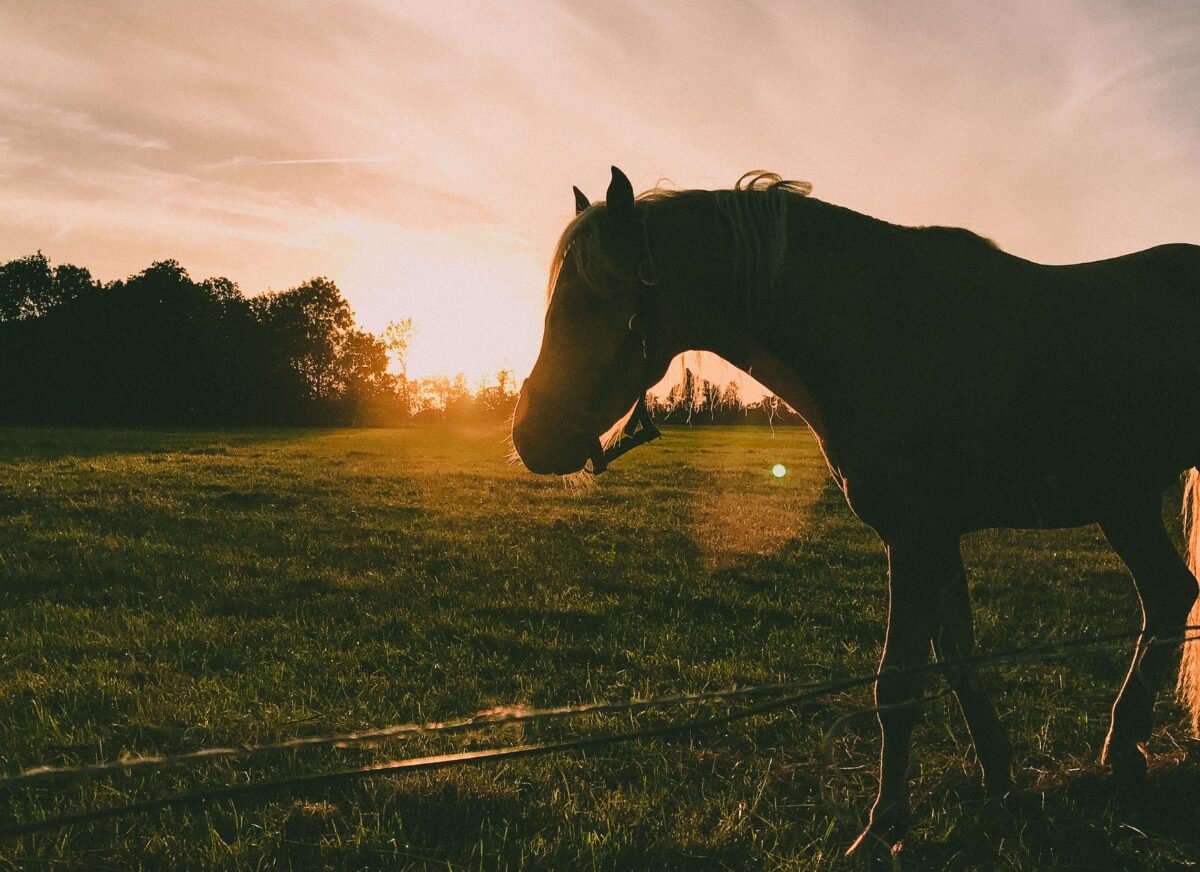Supplemental feeding helps wildlife survive during tough seasons, especially winter when natural food sources are scarce. Proper feeding supports their health and helps maintain balanced ecosystems.
RELATED READING :: The Importance of Feeding Protein to Deer and Wildlife in Texas
Best Feeding Practices
- Winter Feeding
- Why It’s Important: Natural food is often hard to find. Providing extra feed helps wildlife survive and stay healthy.
- What to Use: High-energy foods like corn and nuts.
- Spring and Summer Feeding
- Why It’s Important: Wildlife are more active and may need additional nutrition for growth and reproduction.
- What to Use: Protein-rich foods like seeds and fruits.
- Fall Feeding
- Why It’s Important: Helps animals prepare for winter by building up fat reserves.
- What to Use: High-calorie foods like grains and tubers.
We specialize in delivery of Bulk Feed, Bagged Feed, and Forage (hay) for Livestock and Wildlife.

Bulk Feed: We can fill feeders as well as bulk bins with feed and grain.
Bagged Feed: We have the ability to deliver 1 – 18 pallets with our flatbed and forklift. Our flatbed makes it possible to put multiple orders for different customers on the same delivery truck enabling us to take care of wide range of customers.
Hay: Our focus is mainly on coastal and Alfalfa, but in the summers we have sorghum/sudan, and in the fall we typically have peanut hay as well.
Morales Feed can unload and stack the hay in your barn, hay lot or wherever you desire!
Safe and Effective Supplemental Feeding Methods
- Feeding Stations
- Setup: Use feeders that keep food clean and accessible. Place them in areas where wildlife are comfortable.
- Cleaning: Regularly clean feeders to prevent disease spread.
- Feeding Amounts
- How Much: Provide enough food without overfeeding. Too much food can attract unwanted pests and disrupt natural feeding habits.
- Avoid Human Foods
- Why: Human foods can be harmful to wildlife and lead to health problems.
Challenges to Watch Out For
- Disease Risk
- What to Watch: Overcrowded feeding areas can spread diseases. Monitor and clean feeding sites regularly.
- Pest Problems
- What to Watch: Improperly managed feed can attract pests. Use feeders that minimize spillage and clean up regularly.
- Impact on Natural Behavior
- What to Watch: Supplemental feeding should not replace natural foraging. Aim to support, not fully depend on, feeding.
Benefits of Proper Wildlife Feeding
- Health
- Supports Survival: Helps animals get through tough seasons and stay healthy.
- Ecosystem Balance
- Promotes Stability: Healthy wildlife contribute to a balanced ecosystem.
- Wildlife Observation
- Increases Opportunities: Proper feeding can enhance wildlife watching experiences.
Supporting local wildlife through proper seasonal supplemental feeding practices is important for their health and the environment. Following these best practices ensures you’re helping wildlife effectively and responsibly. For more tips on wildlife feeding, visit our wildlife feeding resources.


